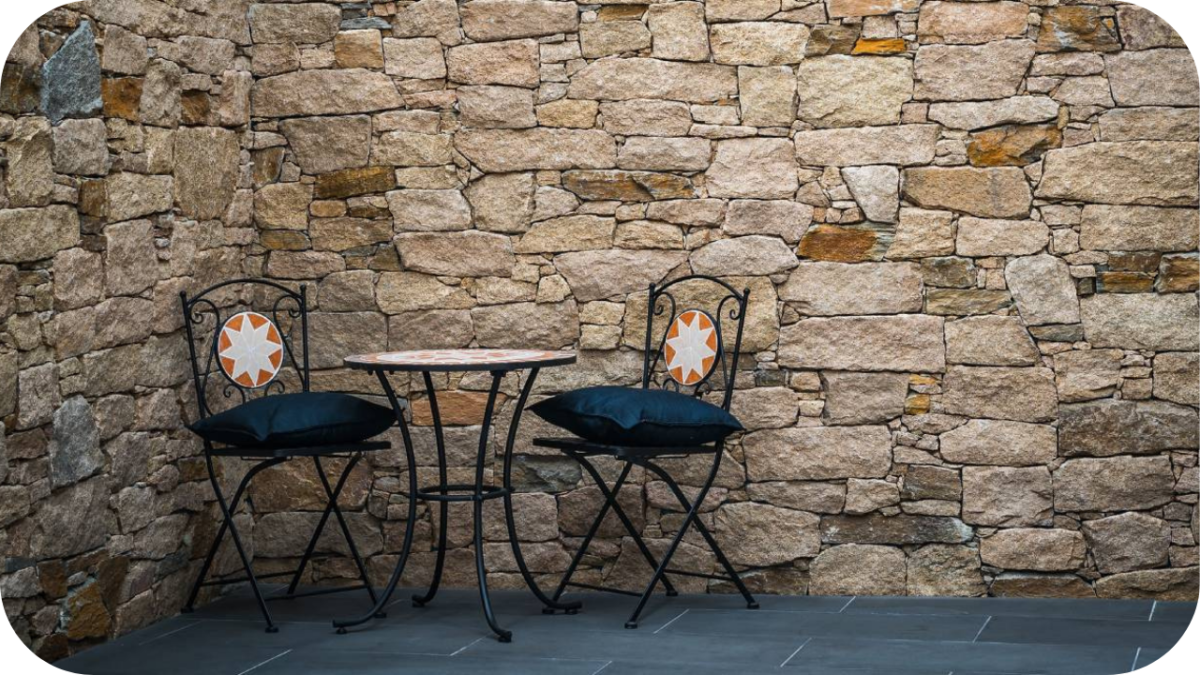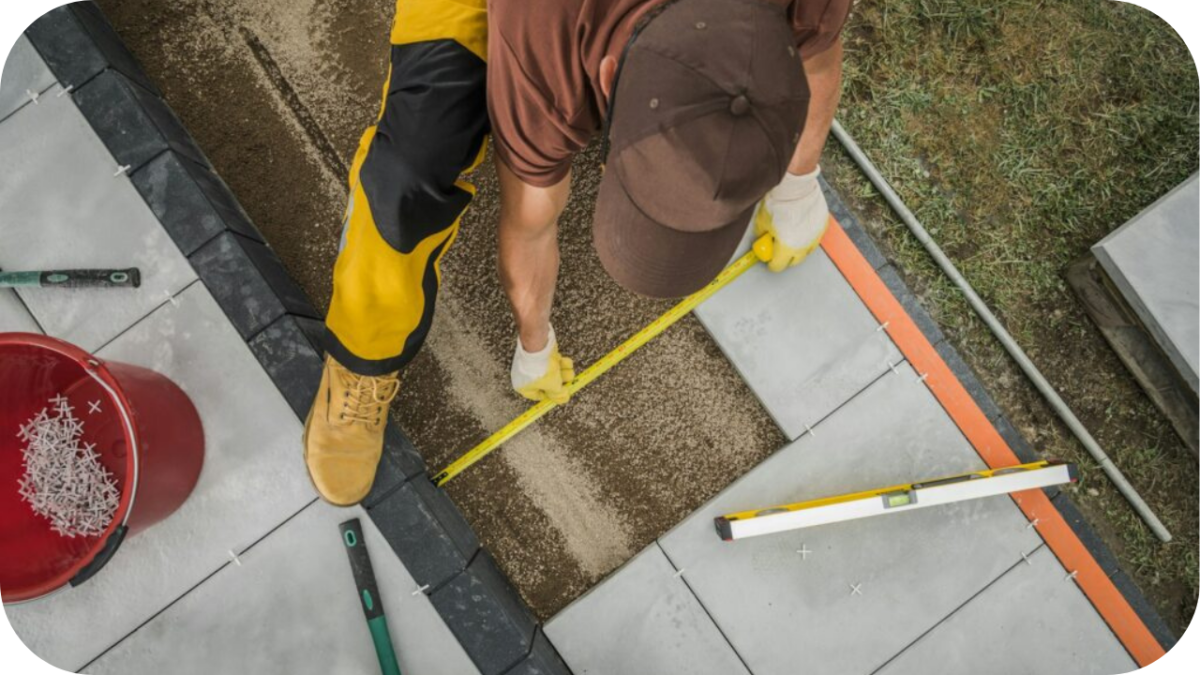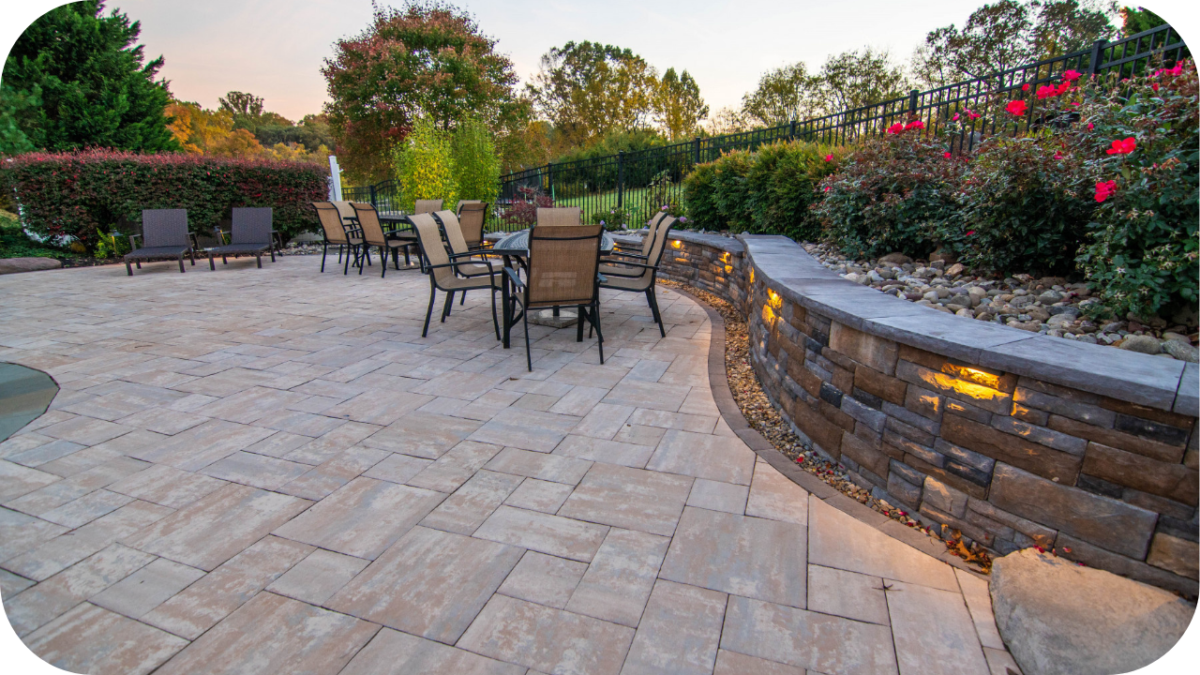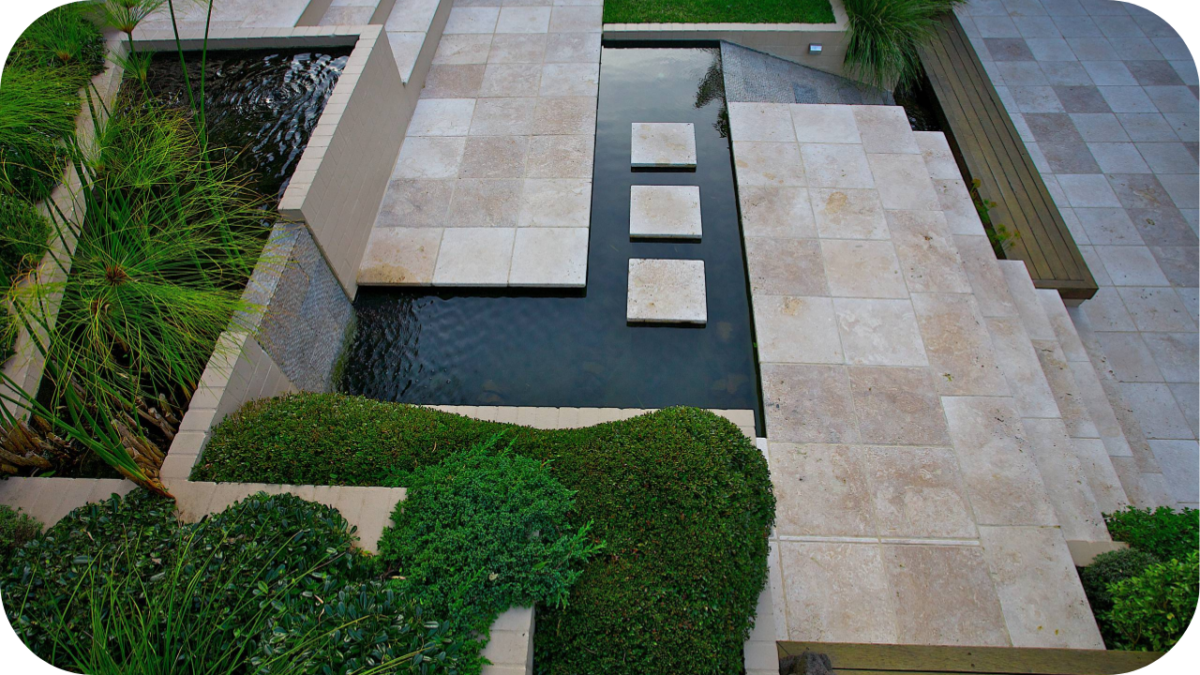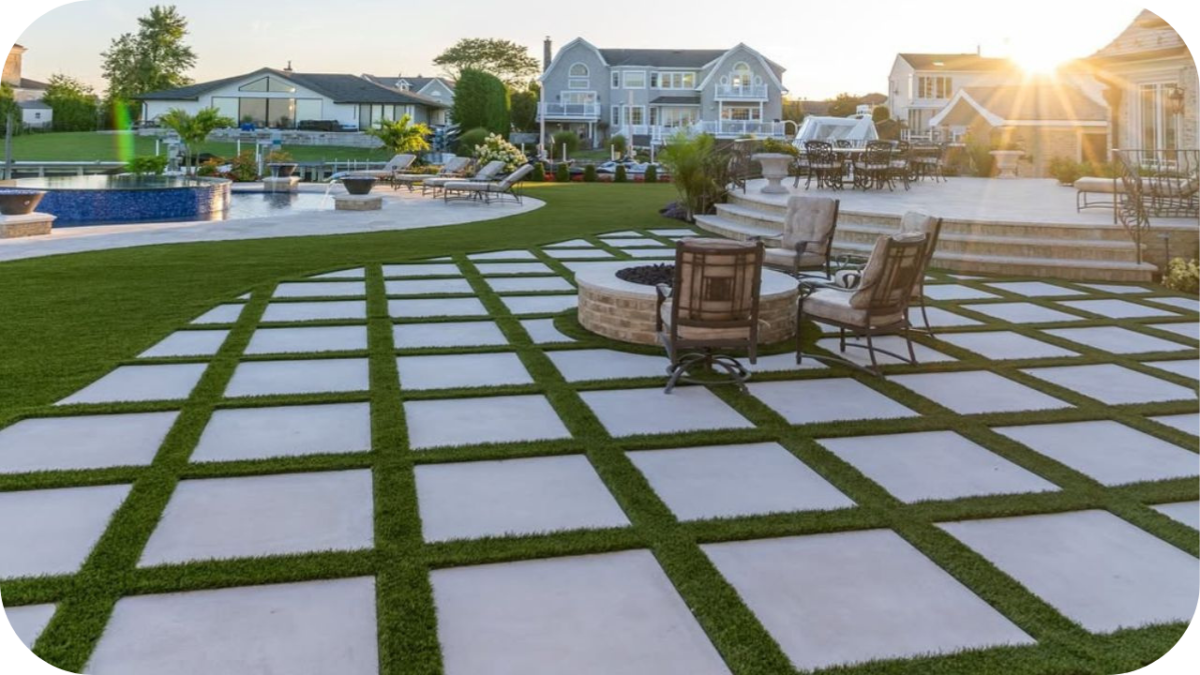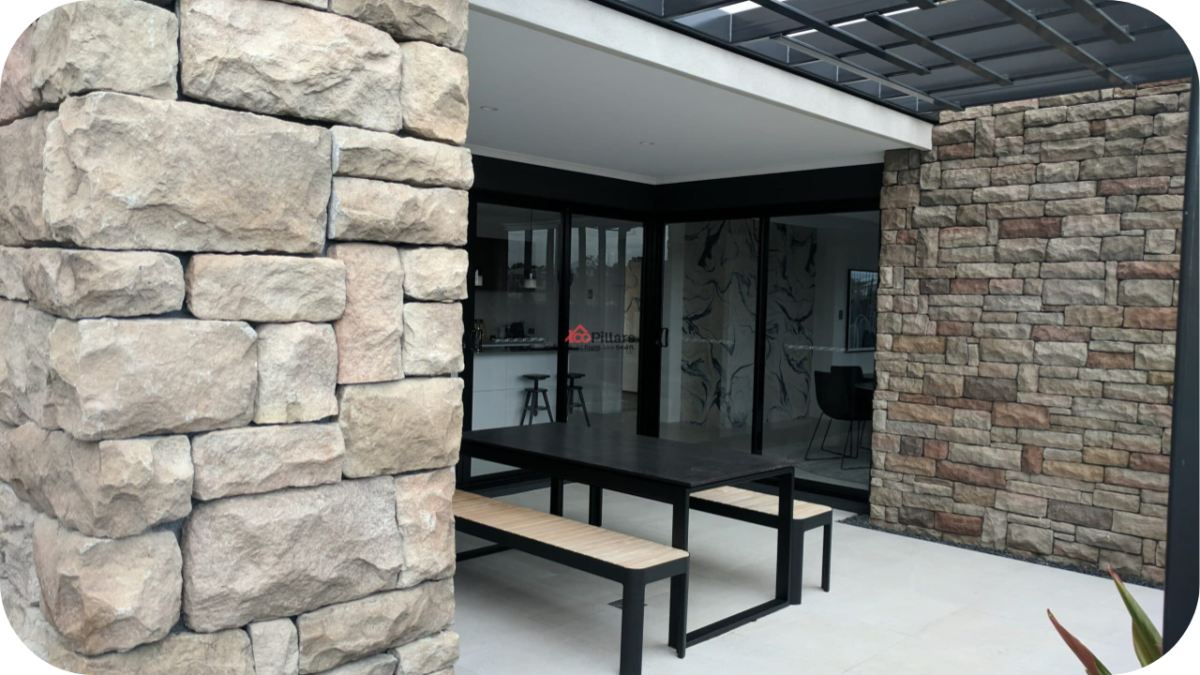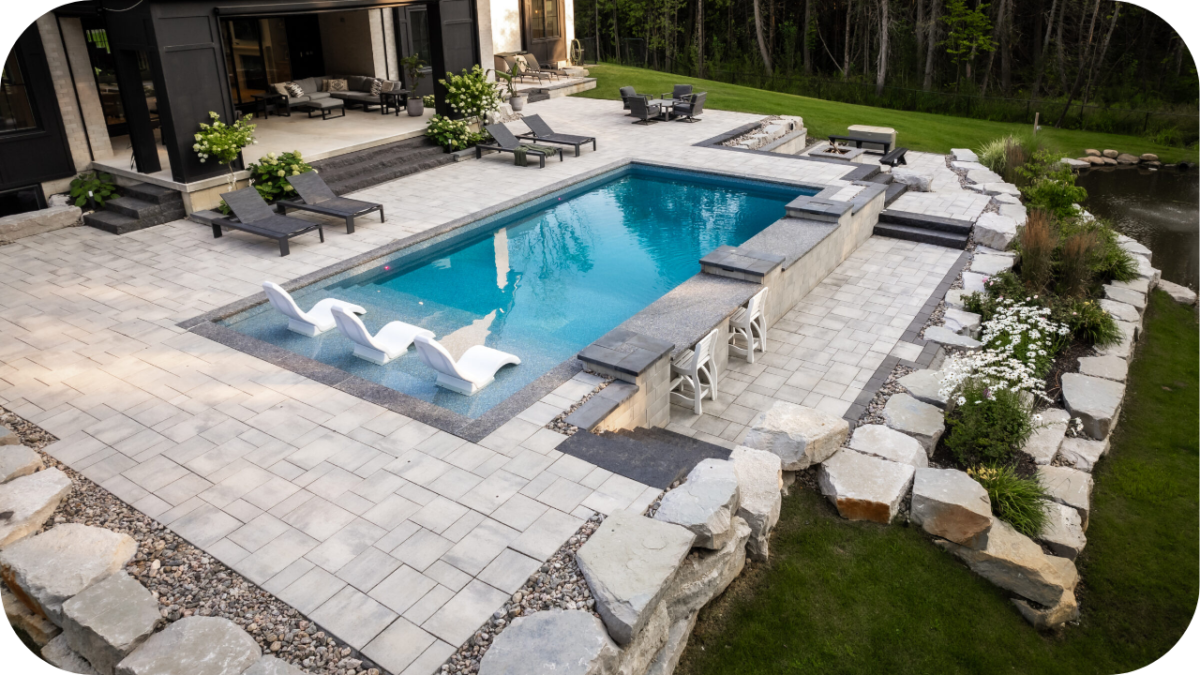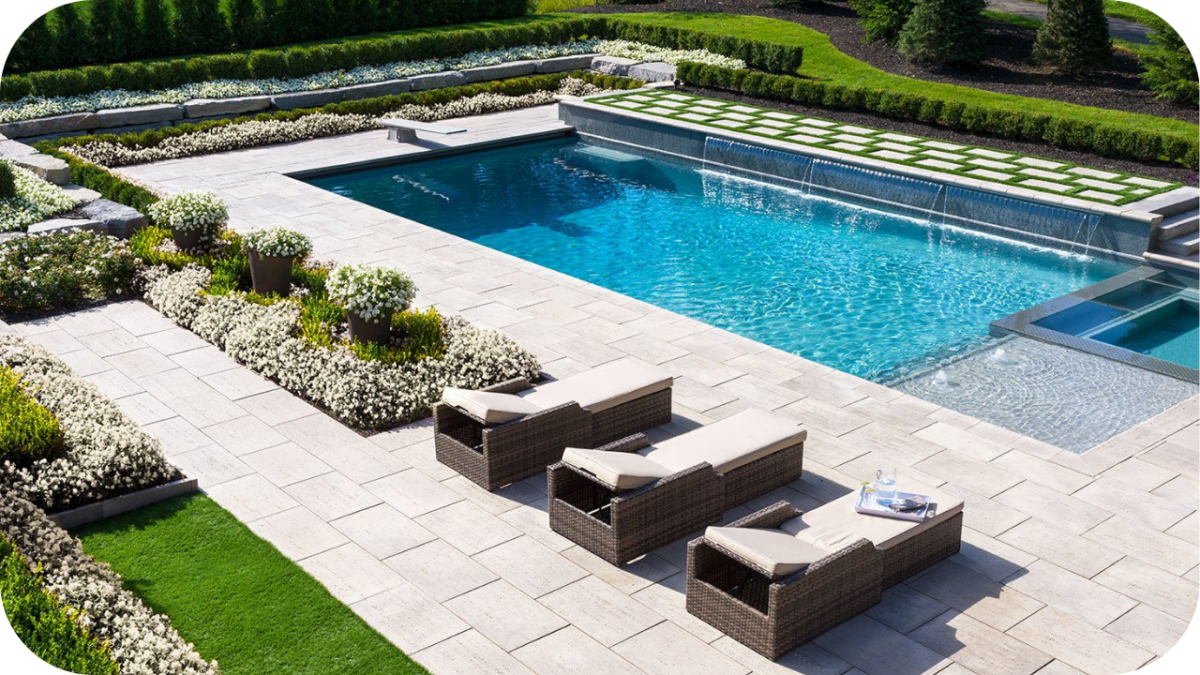How to Install Hotham Granite Like a Pro
Hotham Granite delivers a refined, earthy finish with the strength to last decades. Its golden-grey tones work beautifully across outdoor feature walls, retaining structures, and architectural facades.
But the difference between average and professional results lies in the details. From preparation to sealing, each phase of installation plays a role in the wall’s stability, look, and longevity.
This guide walks you through each step of the process, offering practical advice to help you achieve a clean, well-balanced finish that adds both value and elegance to your space.
Step 1: Define the Wall Type and Project Scope
Before lifting a single stone, determine whether your Hotham Granite wall is structural or purely decorative, as this will influence the construction method and materials required.
Assess the dimensions carefully, measuring the wall’s height, width, and depth to estimate the number of stone panels and the type of base support needed.
Also, identify the surface context, such as whether the wall will be freestanding or built against a structure like concrete or blockwork. This information helps with planning drainage, reinforcement, and fixing systems.
Clarifying these details early ensures efficient material use, prevents costly delays, and sets the foundation for a strong, long-lasting installation.
Step 2: Gather the Right Tools and Quality Materials
Before you start laying stone, here are the must-have tools and materials to get the job done properly and efficiently:
- Wet saw or angle grinder with diamond blade: For precise granite cutting and shaping edge pieces cleanly.
- Masonry trowel and bucket: For mixing mortar evenly and applying it smoothly to both wall and stone backs.
- Natural stone adhesive: Used when installing without mortar joints, offering strong, lasting grip on clean surfaces.
- Spirit level and string line: Ensures every course stays level and plumb throughout the walling process.
- Spacers: Keeps gaps consistent and clean, especially if planning to grout between joints.
- Base support: Concrete, blockwork, or a timber frame forms the structural foundation for stone application.
- Safety gear: Gloves, goggles, and a dust mask protect you from flying debris and dust exposure while cutting or mixing.
Step 3: Prepare a Stable and Level Base Wall
Before fixing any granite in place, ensure your base wall is clean, stable, and perfectly level. Remove dust, loose material, or paint from the surface using a stiff brush or water rinse.
For mortar applications, a scratch coat improves adhesion by giving the first layer a better grip. Use a chalk line or tightly pulled string to mark level lines and keep your courses straight as you work.
Whether the wall is freestanding or backed, the structural base must be load-bearing and weather-ready. A strong foundation makes all the difference to the performance and appearance of your finished granite wall.
Step 4: Dry-Lay the Granite for Visual Balance
Laying out your Hotham Granite pieces before installation allows you to visualise the final look and make any design adjustments with ease.
Arrange the stones on a flat surface nearby, mixing sizes, shades, and textures to create a natural and balanced composition. Pay attention to where corner stones and standout pieces will go, especially in visible areas.
This dry run helps prevent last-minute reshuffling and reduces the risk of gaps or awkward joints. Planning your layout in advance ensures a cohesive result and gives you full creative control before any adhesive or mortar is applied to the wall.
Step 5: Cut and Shape Stones with Precision
Cutting and shaping Hotham Granite requires precision and the right tools to maintain clean lines and a professional finish.
Use a wet saw fitted with a diamond blade to make straight, accurate cuts. For more detailed adjustments, an angle grinder works well, particularly on corners or irregular edges. Take your time with each piece, measuring twice before cutting to avoid waste.
Smooth any sharp edges with a hand file or sanding stone for safety and a refined look. Always wear proper safety gear during cutting to protect from dust and debris. Careful shaping enhances both the fit and appearance of each stone.
Step 6: Secure the Stones Using Adhesive or Mortar
Once your layout is complete and all granite pieces are trimmed to size, begin attaching them securely to the wall. For adhesive installations, spread a layer evenly on the prepared surface and apply a generous coat to the back of each stone.
This double application helps achieve a solid bond and reduces movement. For mortar-based installs, apply the mix in small sections to maintain workability. Press each stone firmly into place, checking alignment with a spirit level.
If using spacers, ensure they are set consistently. Continue across the surface, maintaining straight courses and solid contact for long-term strength.
Step 7: Finish, Clean and Allow to Cure
After placing the final stone, inspect the entire wall for consistent joints and alignment. If using mortar, fill visible gaps with a pointing mix, smoothing them neatly with a trowel.
Wipe off any excess mortar immediately using a damp sponge to avoid staining. Let the wall cure without disturbance for at least 24 to 48 hours, depending on weather conditions. Avoid applying pressure or hanging anything on the wall during this period.
Proper curing ensures strong adhesion and prevents future cracking or shifting. Once fully set, your Hotham Granite wall will be ready for sealing and long-term use.
Step 8: Apply a Sealer for Longevity and Colour Depth
Once your wall is fully cured, apply a breathable, UV-stable sealer to protect the granite from moisture, stains, and weathering.
Use a clean roller or sprayer for even coverage, following the manufacturer’s instructions carefully. This step enhances the natural colour of the stone, bringing out its golden-grey tones while helping maintain its appearance over time.
Allow the sealer to dry thoroughly before exposing the surface to water or foot traffic. For best results, reapply the sealer every two to three years. Regular sealing preserves both the aesthetic value and structural integrity of your Hotham Granite installation.
Pitfalls to Avoid During Installation
Avoiding these common mistakes can save time, money, and frustration. Here are key missteps to steer clear of when installing Hotham Granite:
- Skipping layout planning: Without a clear plan, stone placement becomes inconsistent, resulting in poor alignment and a patchy, unprofessional look.
- Using incorrect mortar or adhesive: Low-quality or incompatible products reduce bonding strength and can compromise the integrity of the entire wall.
- Neglecting to level each course: This leads to uneven rows, visible gaps, and long-term structural weaknesses in the finished wall.
- Forgetting expansion joints: Failing to include them can result in cracks as the stone expands or contracts with temperature changes.
- Overlooking drainage needs: Inadequate drainage behind the wall traps moisture, causing stains, discolouration, and potential long-term damage.
- Improper stone cutting techniques: Rushing through cuts or using worn blades causes chipping and uneven joints that affect the finished appearance.
- Ignoring weather conditions: Installing during heavy rain or extreme heat can impact adhesive performance and compromise the curing process.
When It’s Time to Hire a Professional Stonemason
While DIY installation is achievable for straightforward projects, certain walling applications call for a seasoned stonemason. If your design involves tiered structures, curved layouts, or retaining walls that require council approval, it’s best to bring in an expert.
Professionals have the skills to manage structural reinforcements, advanced stone cutting, and accurate levelling across complex surfaces. They also ensure the right adhesives, sealants, and drainage techniques are used based on local climate and site conditions.
Attempting these builds without experience can lead to costly mistakes, safety risks, or poor finishes that don’t hold up over time. Investing in a qualified stonemason guarantees lasting durability and a refined result that enhances your property’s value and visual appeal.
Essential Maintenance Tips for Hotham Granite Walls
Preserve the beauty and structural integrity of your granite wall by following these simple yet effective maintenance practices:
- Clear leaf litter and dirt regularly: Prevent moisture retention and organic staining by sweeping or rinsing away leaves, dust, and debris at least once a week.
- Wash down surfaces with clean water: Gently hose the stone after windy or dry conditions to remove grime without disturbing mortar joints or finishes.
- Avoid harsh or acidic cleaners: Stick to pH-neutral stone cleaners to protect your granite’s natural surface from chemical damage and discolouration.
- Never use high-pressure washers: Pressure washing can dislodge adhesive, widen joints, and damage the natural grain and texture of the granite.
- Reapply breathable sealer every 2–3 years: Maintain moisture resistance and colour depth by sealing with a UV-stable, breathable product designed for natural stone.
- Check for shifting or cracks: After heavy rain or ground movement, inspect for any displacement, minor cracks, or joint gaps to prevent larger structural issues.
Conclusion
Installing Hotham Granite like a pro takes planning, precision, and the right techniques. When done correctly, it delivers timeless beauty and structural reliability that lasts for years.
Whether you’re a DIY enthusiast or working alongside professionals, following each step carefully ensures a finish that’s both functional and refined.
For high-quality stone and expert guidance, trust Splendour in Stone to bring your vision to life confidently.

